Consolidate knowledge of the main idea and supporting detail with this main idea hamburger template.
🍔 The Details Come Together to Make a Scrumptious Burger
If you’re teaching your class about the main idea and how bits of detail support the main idea in a piece of text – you’ll want to grab this burger template to help! This is a great visualisation to show how the bits of detail come together to create the main idea in a text.
Using the hamburger, students can identify and capture the main idea of a passage, article, or story. The top bun is a concise statement encapsulating the central theme or message. Encouraging students to articulate the main idea in a brief and focused manner helps them develop their summarisation skills and grasp the overall significance of the text.
Moving on to the hamburger filling, students can record supporting detail that reinforces and provides evidence of the main idea.
Create a Main Idea Burger Classroom Display
Once your students have created their main idea and supporting detail hamburgers – why not create a classroom display? How cute would it look?
Print the burger pieces on thick coloured card to ensure the display’s durability. Not only will this look great in your classroom, but it will also serve as a visual reminder to your students as you progress down this learning path.
Download Now for Burger Fun!
Use the drop-down menu to choose between the PDF and Google Slide versions of this resource.
This resource was created by Lindsey Phillips, a Teach Starter collaborator.


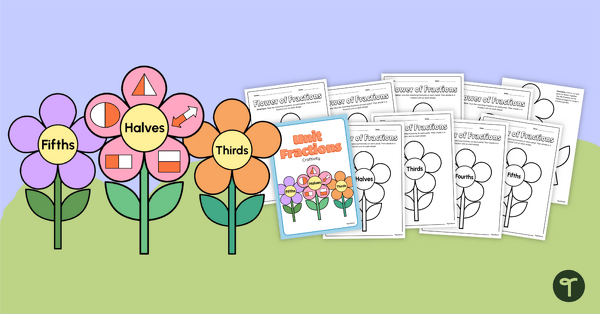
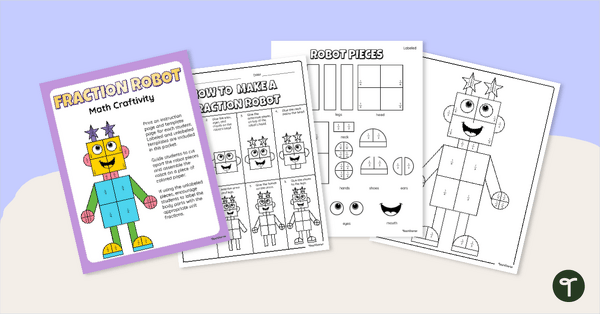

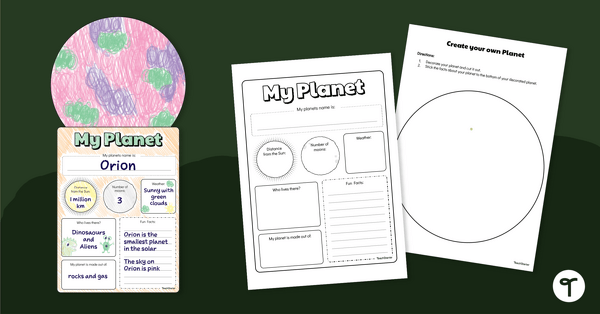
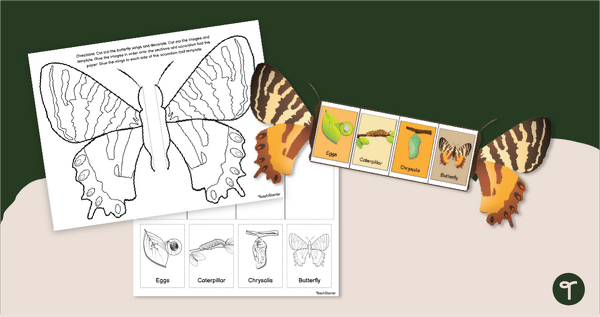
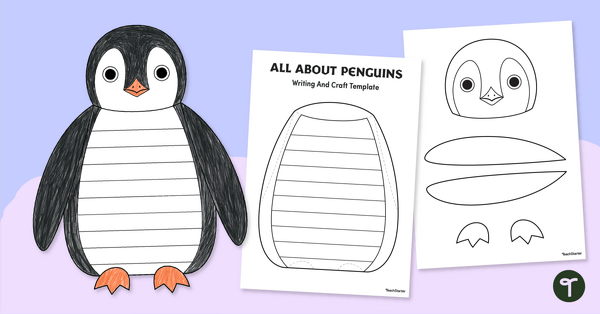
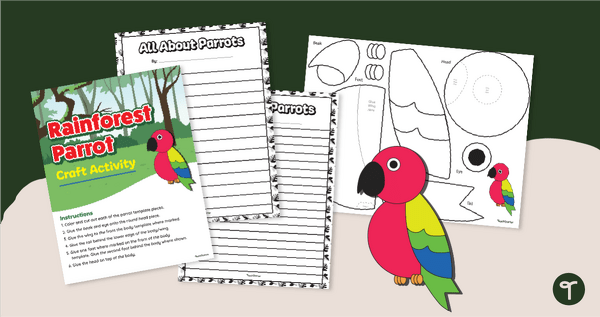

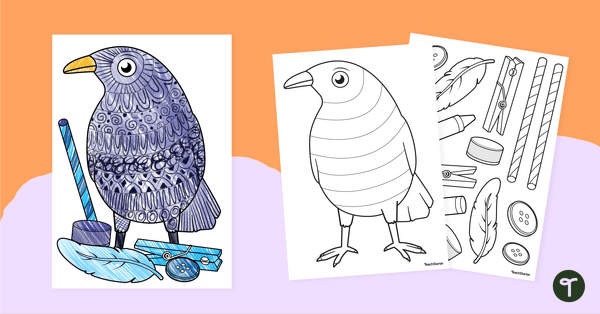
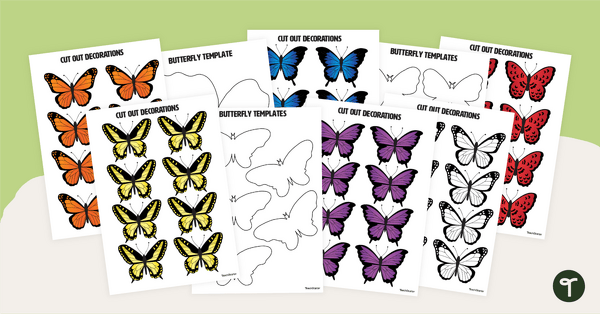
0 Comments
Write a review to help other teachers and parents like yourself. If you'd like to request a change to this resource, or report an error, select the corresponding tab above.